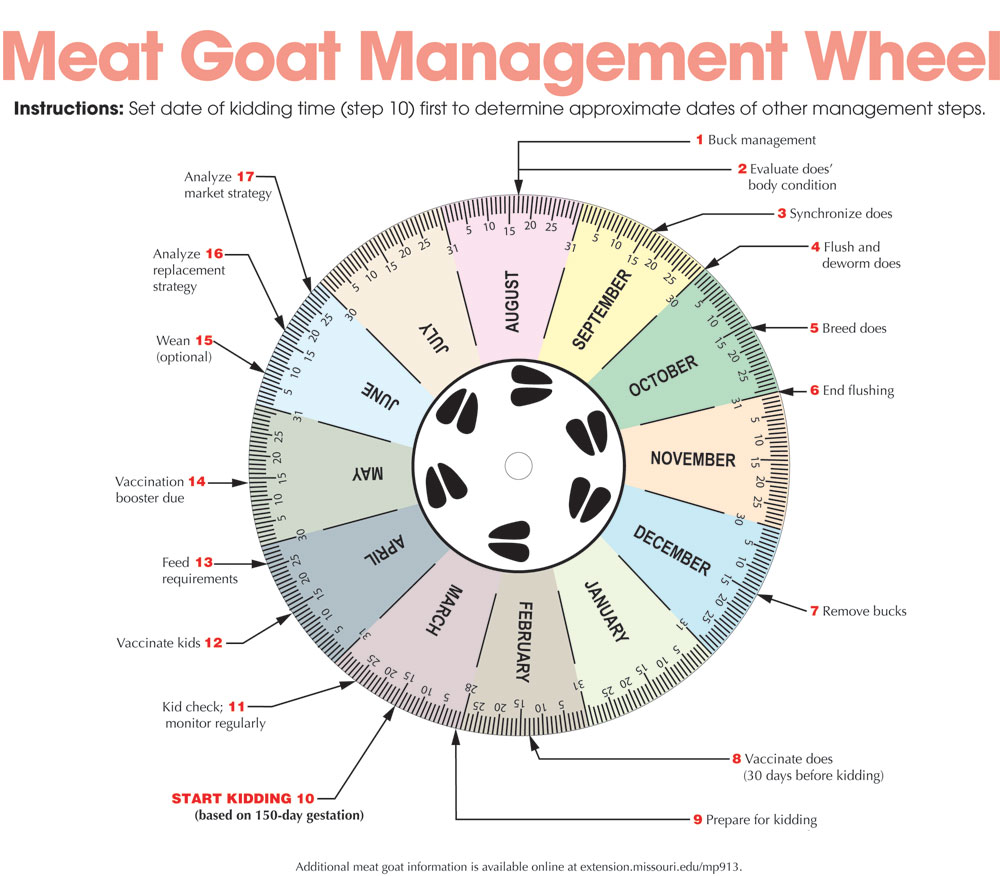Weaning times can be flexible with proper management
Weaning calves tends to be a delicate matter on the farm. It must be done, but it can be stressful for cows, calves and producers.
To create a low-stress process for all involved, producers must consider the timing. Each farm and each herd are different, so part of the planning process will be finding the timeline that works for each individual operation once things like calving and breed back dates, forage growth and marketing goals are factored in.
“Timing of calf weaning can be quite flexible and as with many management practices the ‘right’ time depends on several things,” Dr. David Lalman, professor and Extension beef cattle specialist with Oklahoma State University said. “A ‘wrong’ time to wean calves would certainly include delayed weaning in a spring-calving herd after forage quality and/or quantity has declined substantially in the late-summer or fall, resulting in little calf weight gain and substantial cow body condition loss heading into fall and winter.”
While delayed weaning is a technique some producers have good success with, it’s beneficial to weigh all options before deciding whether or not it is the right timing for your operation.
“Delayed or late-weaning can be particularly hard on 2-year-old cows with their first calf crop and aged cows. Delayed weaning is rarely a good idea in a spring-calving operation, although early weaning can be a wise strategy when forage conditions and cow condition necessitate it,” Lalman explained. “On the other hand, fall-born calves can be weaned later with good success due to high-quality and quantity forage from 200 to about 260 days of age (into July). In fall-calving systems with appropriate stocking rates and good grazing management, cow body condition increases dramatically through spring and mid-summer, even though they are nursing a calf.”
Most producers go by age when planning their weaning process.
“Typically, most cow-calf raisers wean between 6 and 8 months of age. Since most herds unfortunately don’t have a nice, two-month calving season they end up with maybe a 5 to 9-month range in age,” Eldon Cole, livestock specialist with the University of Missouri Extension, said “There’s really nothing magical about the 6- to 8-month period other than most beef cows are not producing enough milk at that stage of lactation to provide much more than companionship to the calf,”
Cole added that the age of the calves at weaning time is also a very important consideration depending on your bull management.
“Another big concern, if the farmer does like many and leaves the bull with the herd year-round, is that as heifers reach puberty in the 8 months or so time frame they could end up getting bred, probably by their own sire. It’s not out of the question that the bull brothers could even be the offending party.
“Markets may dictate weaning time. A commonly used weaning time, prior to sending calves to the feedlot, wheat pasture or to feeder calf sales is a 45-day weaning time. This added age helps the calf develop some immunity from diseases you’ve vaccinated it for back just before or at weaning.”
Regardless of when a producer weans, Dr. Heidi Ward, assistant professor and veterinarian with the University of Arkansas Cooperative Extension Service, recommends making the process a smooth, slow transition.
“Weaning should be a gradual process,” she said. “Veterinarians recommend creep feeding calves to get their digestive systems ready for the transition from milk to solid feedstuffs and that calves are fully vaccinated prior to weaning as the stress from weaning is hard on the immune system. Once weaned, calves will be co-mingling, which can expose the calves to illness.”






